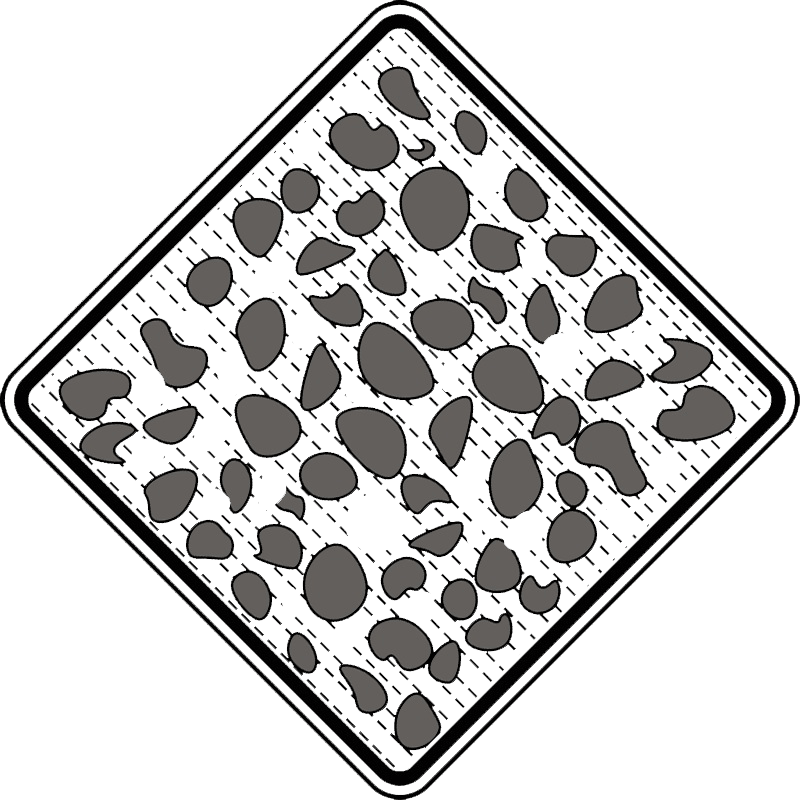
CalculationClub.Com
If you’re looking for a website that provides all types of calculators and conversion tools, then CalculationClub.com is your final destination. Whether you are a student, professional, or just curious, CalculationClub offers a variety of tools to help you solve any type of problem. Our collection includes unit converters, random generators, text tools, and much more.
If you’re looking for a website that provides all types of government job updates and exam-related information, then SirkariResult.com is your final destination. Whether you are a student, job seeker, or preparing for competitive exams, SirkariResult offers a variety of resources to keep you updated. Our collection includes latest notifications, admit cards, results, and much more.
SUBJECT
Pavement is a load-bearing & load-distributing component of a road. We need to consider all types of vehicles for the geometrical design, but only vehicles with significant heavy loads are considered for pavement design. These vehicles are generally commercial vehicles. As per IRC, vehicles having a gross load greater than 3 tons are called commercial vehicles.
Unsteady flow also called 'Transient Flow', occurs in the open channel when the discharge or depth or both vary with respect to time at a given section.
In Rapidly Varied Flow (R.V.F), a sudden change of depth occurs at a particular point of a channel and the change from one depth to another takes place at a distance of very short length.
The gradually varied flow (GVF) is defined as steady non- uniform flow, where the depth of flow varies gradually from section to section along the length of channel. (A steady non-uniform flow in a prismatic channel with gradual changes in its water surface elevation is termed as gradually varied flow (GVF).
There are many types of soil. Examples - Alluvial soil, Lacustrine soil, Marine soil, Aeolian soil, Glacial soil, Colluvial soil, Loess soil, Marl soil & others.
The process of formation of soil is termed as PEDOGENESIS. Soil is formed due to the weathering (erosion /wear and tear) of rocks. Weathering of rock can occur either physically or chemically.


